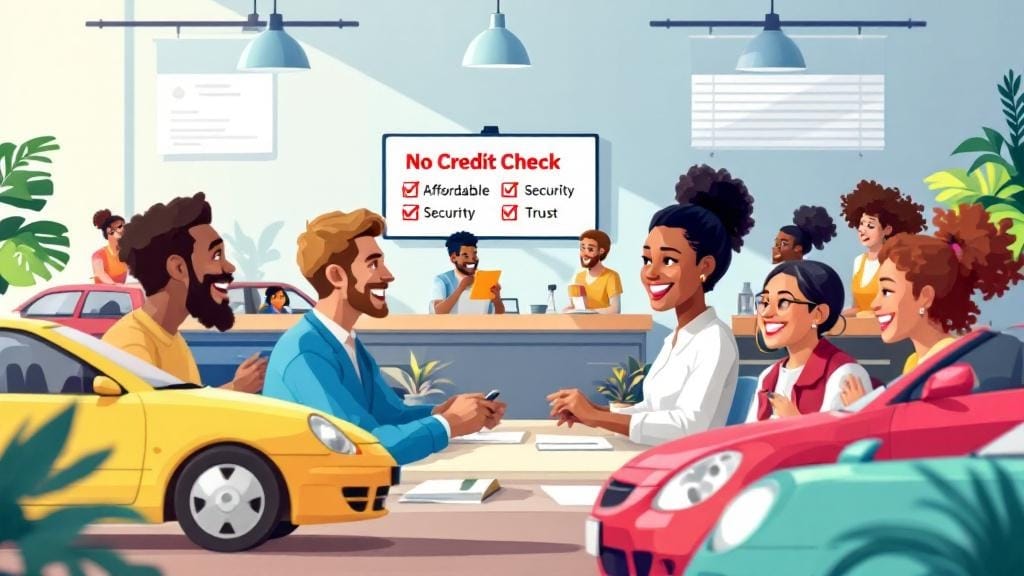If you’ve ever looked at your credit card bill and felt overwhelmed by how much of your payment goes toward interest instead of the balance, you’re not alone. That’s where zero interest credit cards come in—a financial lifeline that can help you save hundreds, even thousands, in interest when used wisely.
In this guide, we’ll break down what 0% APR credit cards are, how they work, who should use them, and what to watch out for. Whether you’re managing existing debt or planning a big purchase, this article will help you make smart, informed choices.
🔍 What Are Zero Interest Credit Cards?
Zero interest credit cards, also known as 0% APR credit cards, offer a promotional period during which you won’t pay any interest on purchases, balance transfers, or both. This introductory APR period usually lasts between 6 to 21 months, depending on the card and your credit profile.
💡 Example: If you transfer a $3,000 balance to a credit card with a 0% APR for 18 months, you can pay off that balance interest-free if you make monthly payments of about $167.
✅ Key Features of 0% APR Credit Cards
These cards aren’t just about saving money on interest—they often come with other benefits as well. Here’s what to expect:
🎯 Promotional 0% APR
Applies to purchases, balance transfers, or both.
Typically lasts 12–21 months.
After the intro period, a regular APR (based on your credit score) kicks in.
💸 No Interest on Balance Transfers
Some cards offer no interest balance transfer credit cards, ideal for consolidating debt.
You may still pay a balance transfer fee, usually 3% to 5%.
🏆 Rewards & Bonuses
Many best zero interest credit cards also offer cashback, points, or travel rewards.
💼 No Annual Fee
Most of these cards come with no annual fee, keeping your costs low.
🤔 Who Should Use a Zero Interest Credit Card?
Not every card is right for everyone, but zero interest credit cards make sense for many financial scenarios. Let’s explore who benefits the most:
1. People with Existing Credit Card Debt
If you’re paying high interest on other cards, moving your balance to a 0 APR balance transfer card can dramatically cut costs and help you pay off debt faster.
Real-life example: Sarah had $5,000 spread across three credit cards with an average APR of 22%. She consolidated all into one 0% APR credit card for 18 months and saved over $1,000 in interest.
2. Shoppers Planning a Large Purchase
Buying a new appliance, paying for a wedding, or funding a home renovation? Using a credit card with promotional APR gives you time to pay it off interest-free.
3. Students and Young Adults Building Credit
Some starter cards offer credit cards with 0 interest intro rates. When managed responsibly, these help build a solid credit history without the burden of interest.
4. Budget-Conscious Consumers
Zero-interest cards let you plan better. Spreading out payments with no added cost can free up cash for other goals like savings or investments.
💥 The Benefits of No Interest Credit Card Offers
There’s no denying the appeal of no interest credit card deals. Here are the key advantages:
✅ Save on Interest Payments
Paying no interest means more of your payment goes toward reducing the principal.
✅ Consolidate and Simplify Debt
Combine multiple balances into one payment with 0 APR balance transfer cards.
✅ Improve Cash Flow
Interest-free periods allow flexibility in budgeting for large or emergency expenses.
✅ Improve Your Credit (if used correctly)
Lower credit utilization and on-time payments can boost your credit score.
⚠️ Potential Drawbacks to Watch Out For
As attractive as interest-free credit cards sound, it’s crucial to understand the fine print:
❌ High Regular APR After Intro Period
If you don’t pay off the balance in full, you could be hit with 18–30% APR afterward.
❌ Balance Transfer Fees
Most cards charge a 3–5% balance transfer fee, which could negate some savings.
❌ Late Payment Penalties
Missing a payment could forfeit your 0% offer and trigger penalty rates.
❌ Temptation to Overspend
Without interest, it might be easy to fall into a debt trap again.
📝 Tips to Use Zero Interest Credit Cards Effectively
To get the most out of your 0% APR credit card, follow these practical strategies:
1. Set a Payment Plan
Divide your balance by the number of months in the intro period. Pay that amount each month to eliminate your debt on time.
2. Avoid New Charges
Unless your card offers 0% on purchases too, don’t add new expenses—it can make repayment messy.
3. Read the Fine Print
Watch out for minimum payments, deferred interest clauses, and credit score requirements.
4. Track the Expiry Date
Know when your introductory APR ends so you’re not caught off-guard by a higher rate.
🧾 How to Qualify for a 0% APR Credit Card
Most credit cards with 0 interest intro rates require good to excellent credit (670 or above). Lenders will also consider:
Income and employment history
Debt-to-income ratio
Credit utilization rate
On-time payment history
Don’t worry if you don’t qualify yet—start with a secured card, pay consistently, and monitor your credit report for errors.
📌 Best Zero Interest Credit Card Features to Look For
When comparing no interest credit card offers, look for:
| Feature | Why It Matters |
|---|---|
| Longest 0% APR period | More time to repay without interest |
| Low balance transfer fee | Keeps costs down when consolidating debt |
| No annual fee | Saves money annually |
| Credit card rewards | Earn cashback or points on purchases |
| Grace period post-APR | Gives you time to adjust after intro rate ends |
📊 When a 0% APR Card Isn’t Right for You
Avoid zero-interest cards if:
You carry a balance long after the intro period
You tend to miss payments
You’re using it for non-essential spending
In such cases, a low-fixed-rate credit card or debt management plan may be better.
📚 FAQs About Zero Interest Credit Cards
❓ What’s the difference between 0% APR and deferred interest?
0% APR means no interest during the promo period. Deferred interest means interest is accrued and added later if the balance isn’t paid off.
❓ Do zero interest credit cards hurt your credit?
No—if used wisely, they can improve your credit score through lower utilization and consistent payments.
❓ What’s the minimum payment on a zero interest card?
It depends on the issuer, but it’s usually 1–3% of your balance or a flat fee (like $25). Always pay more than the minimum.
❓ Can I get multiple 0% APR cards?
Yes, but opening too many accounts at once may lower your credit score temporarily. Space them out and manage responsibly.
❓ Are there zero interest credit cards for bad credit?
Rare, but possible. Most require good credit, but some secured cards or retail credit cards may offer limited-time promos.
❓ What happens after the 0% APR ends?
Your remaining balance will start accruing interest at the standard APR, which could be 15–30%, depending on the card.
❓ Can I use a 0% APR card for debt consolidation?
Absolutely. These are ideal for debt consolidation, especially when paired with a solid repayment plan.
🏁 Final Thoughts: Should You Get a Zero Interest Credit Card?
Zero interest credit cards can be powerful tools for managing money, reducing debt, and funding life’s bigger moments—when used strategically.
If you have a good credit score and a clear repayment plan, go for it. Just be aware of the intro period, transfer fees, and your own spending habits. Done right, you could save hundreds—or more—while building a better financial future.
✅ Ready to Save on Interest?
Explore today’s no interest credit card deals, compare options, and choose the card that fits your financial goals.








Comments (0)